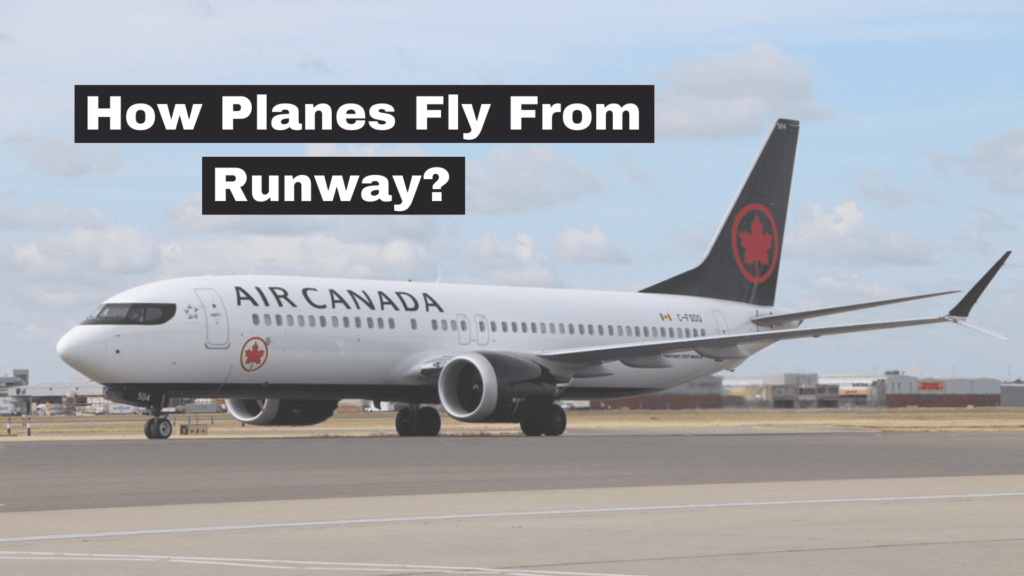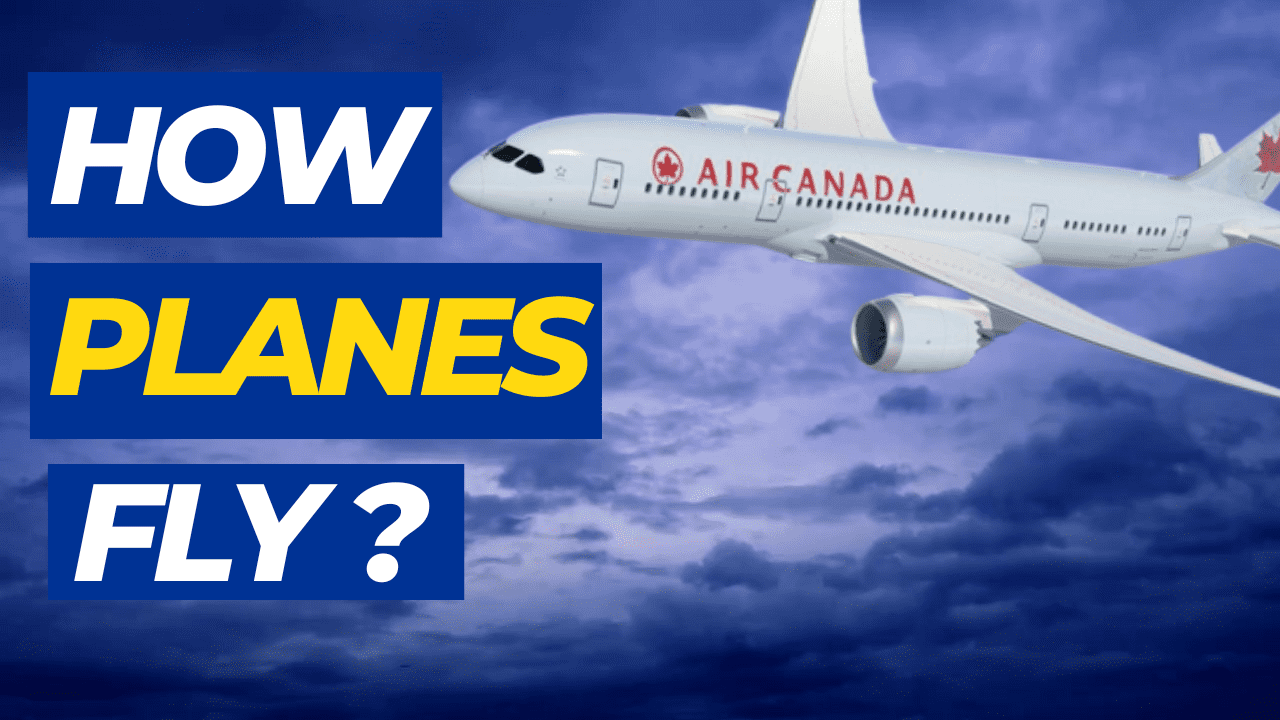Hello friends, welcome back to Panjab46 Blogs. Let’s know some facts about airplanes today. Airplanes, a machine with a weight of 95,000 kilograms, takes about 500 passengers and their luggage and flies off the ground. But have you ever thought about how such a heavy machine flies in the air? Let’s go into the basics, some of the things you will be surprised to know.
Table of Contents
Airplane Basics: Who Invented Airplanes?
Let’s first understand some basics of airplanes. Before the airplane was invented, people used to travel by sea ships and small boats to their destinations. Then came the year 1903, in which two American Wright brothers invented aircraft with the help of airfoil technology. This journey is limited to a few hours a day. Over time, the ship was subjected to many changes. At that time, mainly two companies, Airbus and Boeing, managed this industry. According to their needs, they started providing different types of airplanes in each field.
Where is fuel stored in planes?
Now let’s try to know the commercial airplane in a little more detail. The airplane has an aerodynamic body, which is approximately 200 feet long as well as wide, and 60 feet high. The 2.5 to 4 lakh liters of fuel are stored in the wings of an airplane. It flies 35,000 feet above the ground. With the help of turbofan engines, it travels at a speed of 800 to 1000 kilometers. If we talk about the price of a commercial airplane, then it is ready for around 750 crores, which can be used for about 30 years.
How do Airplanes fly?
Let’s see how the airplanes fly from the ground. First, let’s know about the wings of the airplane.
You will be surprised to know that these wings are the only thing that takes the plane from the ground to the air. But let’s see how.

The airfoil structure of the wings makes it easy to balance the air pressure applied to them. These wings have two main adjustable parts attached to them, the slat and flap, which are adjusted to take off and land the plane. When the plane is ready to take off on the runway, it attains its required speed of around 200 km/h. The slat and flap attached to the wings are activated to increase the angle of attack of the wings. The angle of attack means that the wings of the airplane will go down and the movable elevator attached to the tail will go up. This angle of attack is kept at a maximum of 15 degrees during takeoff.
Similarly, the plane rises in the air at a higher speed when its own weight is less than the lift force applied to the air. Just think about how much air pressure will be generated on the wings. When the plane reaches its desired height, the angle of attack is decreased a little bit and the weight and lift of the plane are equal. Then the plane continues to rise in the air with the thrust of its engine and the drag force applied to the front is also managed by the aerodynamic structure. So this is the whole phenomenon behind the takeoff of the plane.
I will continue to write such blogs in the future. If you are also interested in informative content then please do share and comment.
If you want to read more articles like this. click here
To watch videos related to these topics in Punjabi Click here
Thank you so much.
Stay tuned and bye for now.




